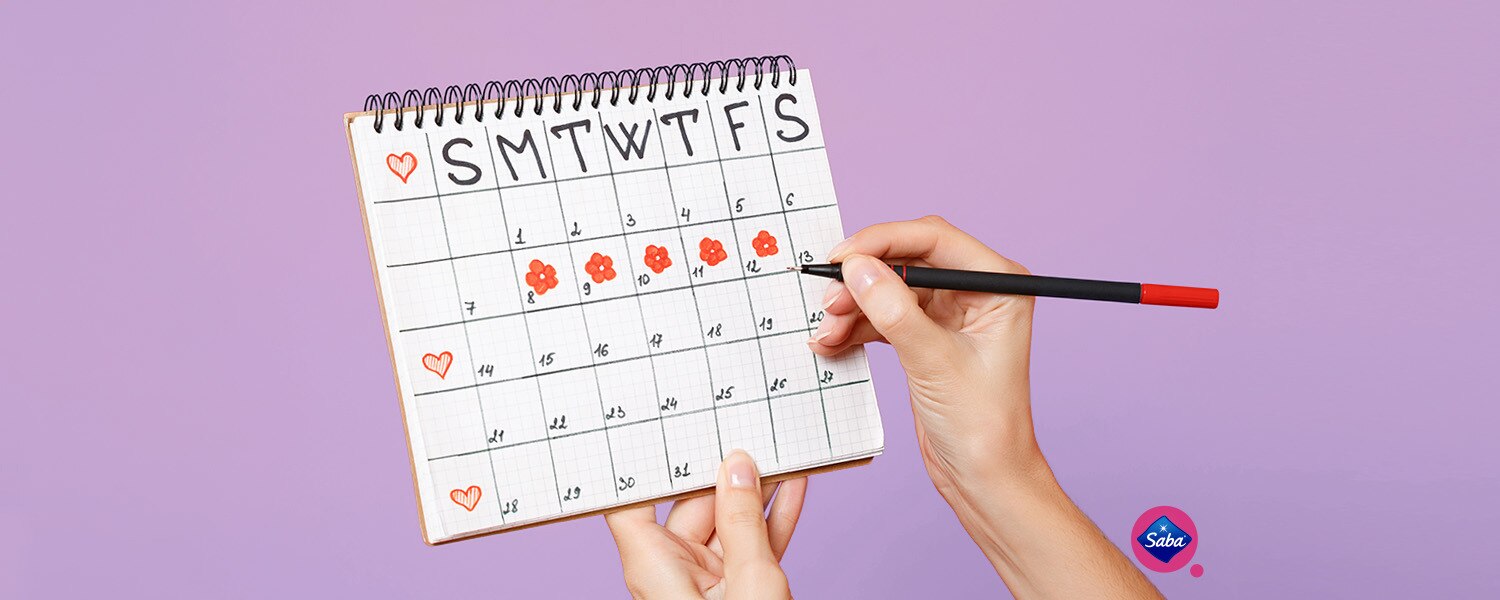Fertility & everything about ovulation

Saba® makes you feel #CómodaContigo.
Nowadays, there are different birth control methods that help us prevent an unwanted pregnancy, but apart from knowing how to choose the right one, it’s super important to know our body and how it functions, for health (obviously), and so that the birth control method we decide to use is much more effective.
In order for that to happen, the first thing we need to understand is the definition of ovulation.
This is the moment in which a mature egg is released from the ovary, then captured by the fallopian tubes, and finally, travels to the uterus. This is the stage with greatest fertility, that is to say, the days in which we have greater probability of pregnancy. We can imagine that now you’re wondering, “how can I know which days are those?” Well, it’s easy to know.
Usually, it happens between days 12 and 16 of the menstrual cycle, depending on the length of your period. During those days, you can experience some symptoms, just as you do during your period, so this makes it much easier to identify those days.
Some of the symptoms that you might notice are: heavy and clear discharge cramps (not as intense as in the period), breast pain, nausea, headache, and fluid retention. We know what you’re thinking. All these symptoms again? Yes… But don’t worry! They’re only for a couple of days, and they’re barely noticeable.
As the ovulation stage proceeds, it’s very likely that your sexual desire will increase. This is because you become super sensitive to male pheromones, and therefore, your libido increases on those days. Let’s just say it’s the way our body tells us it’s ready to conceive, even though we’re not. 😅
Ovulation is one of the most important dates on your calendar, whether you’re preparing for a pregnancy or not, since this stage marks a transition in your menstrual cycle. And remember that if you notice any change or anomaly, it’s super important to visit your doctor and check what’s going on.